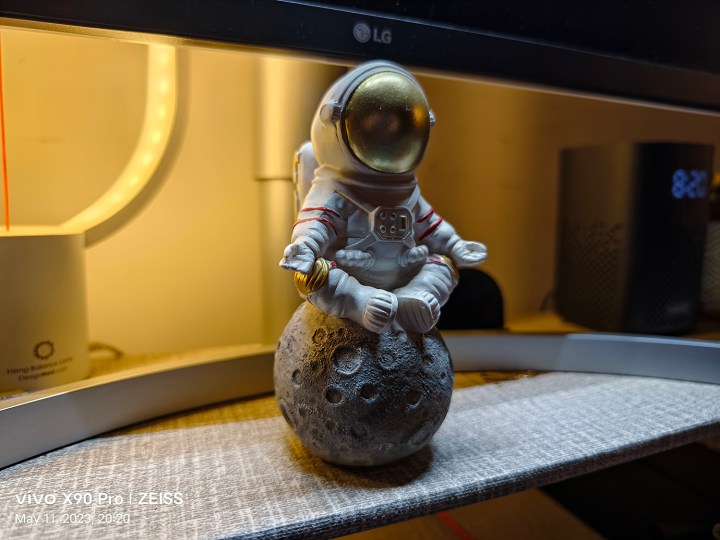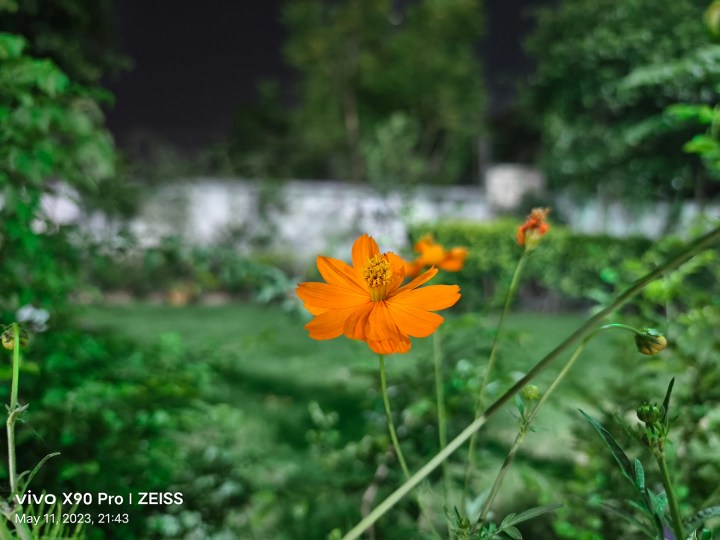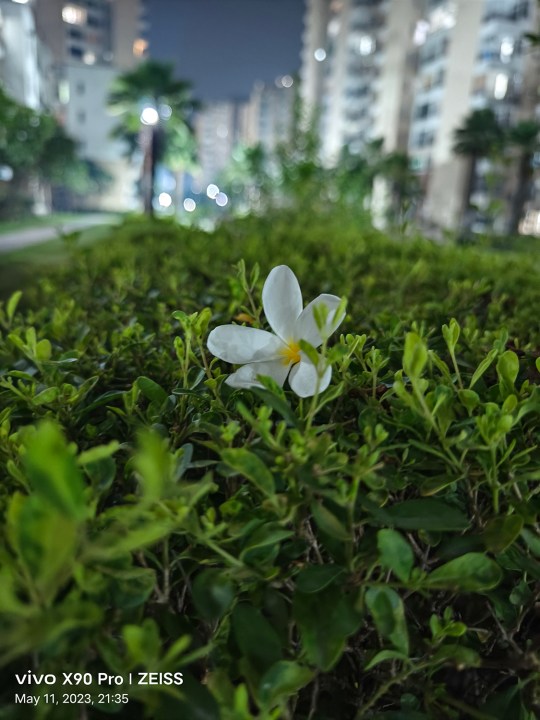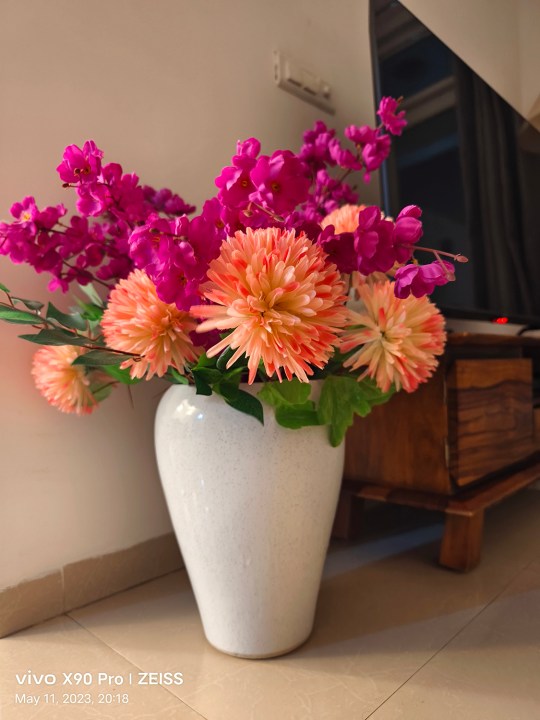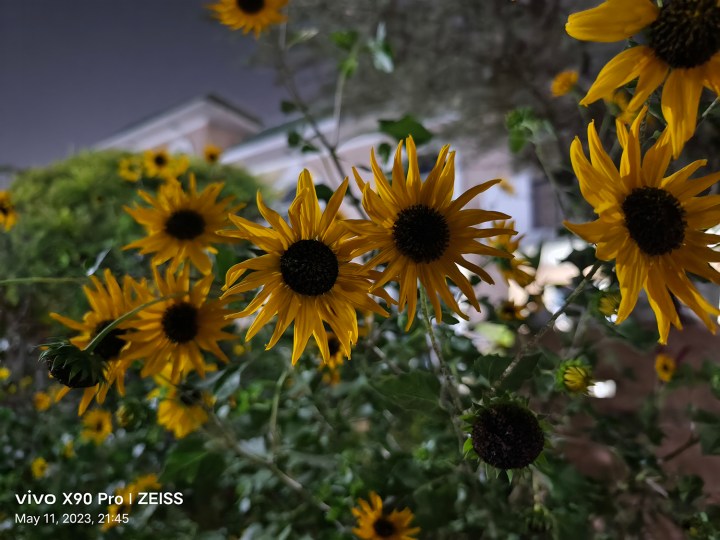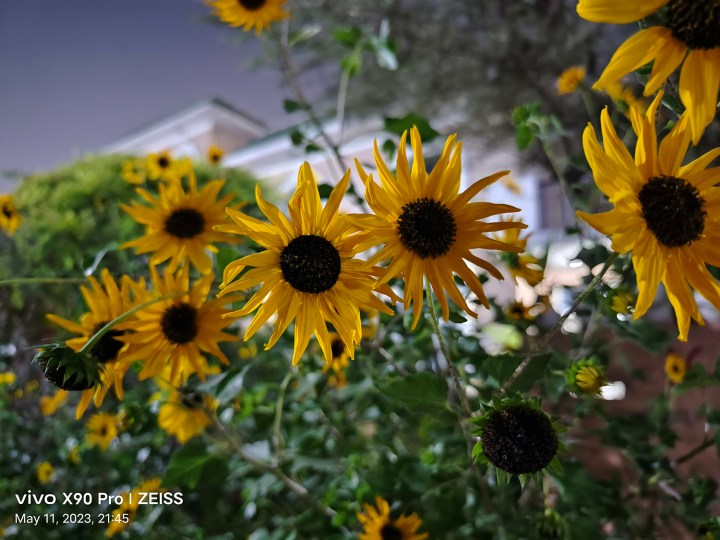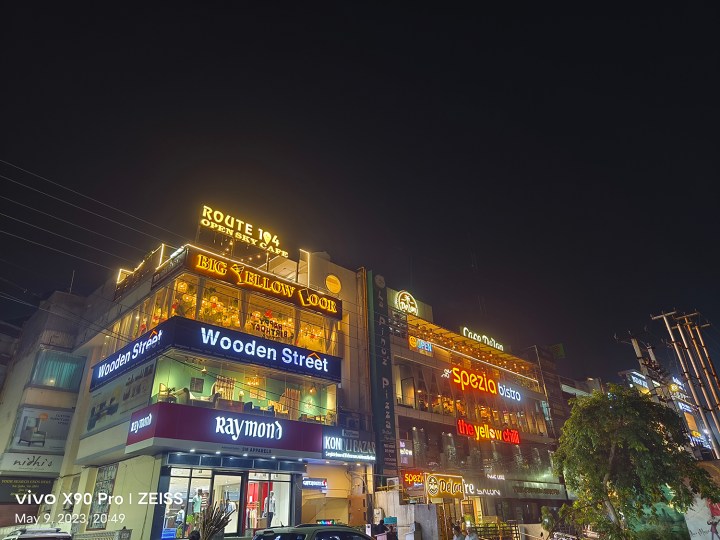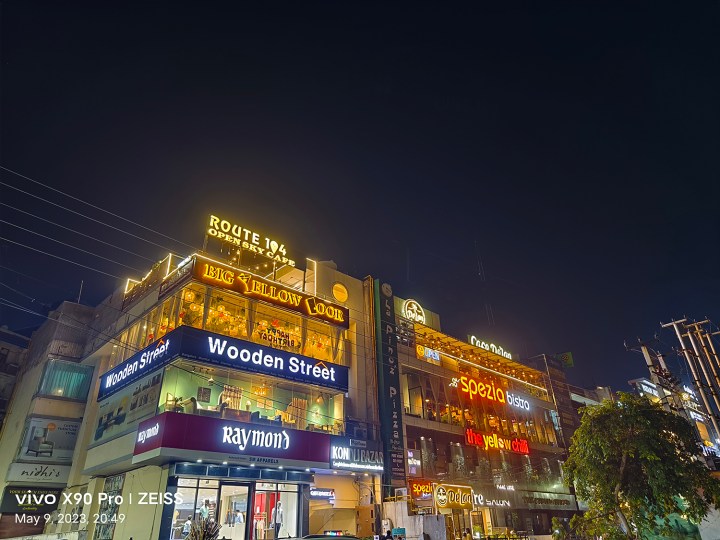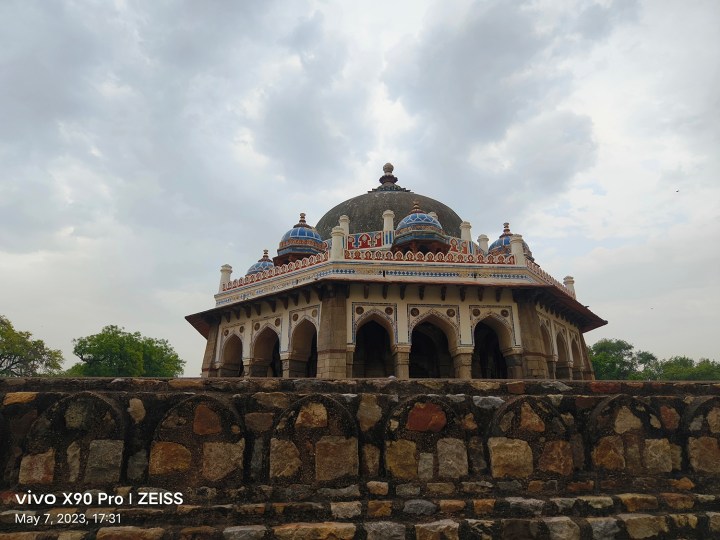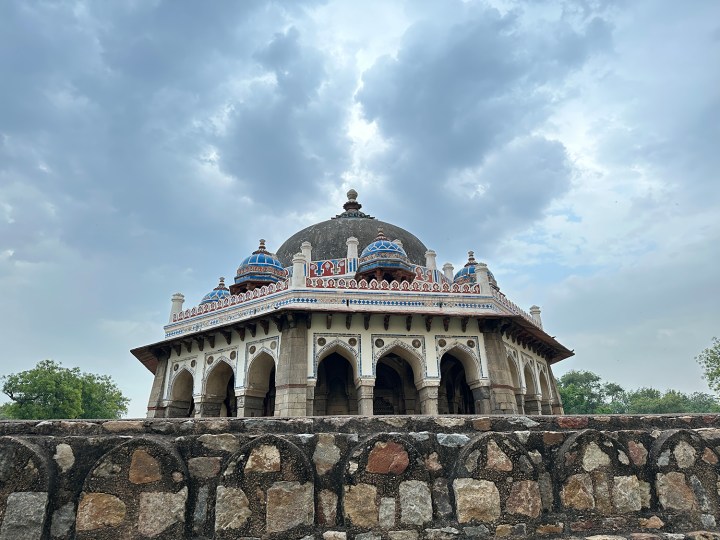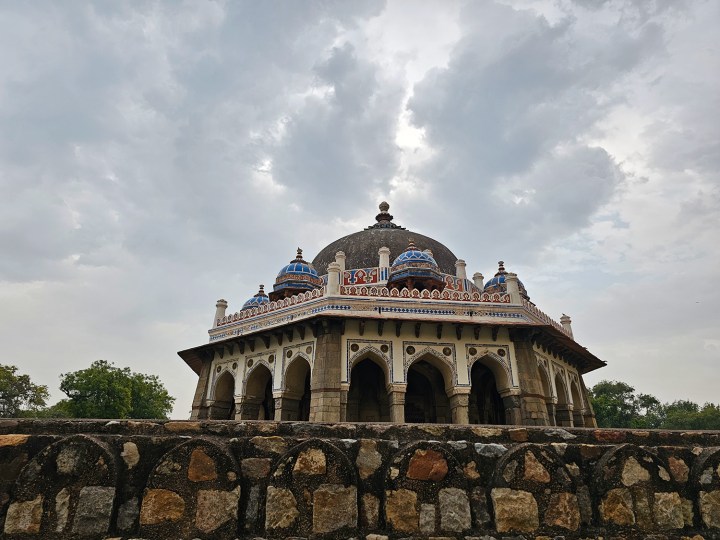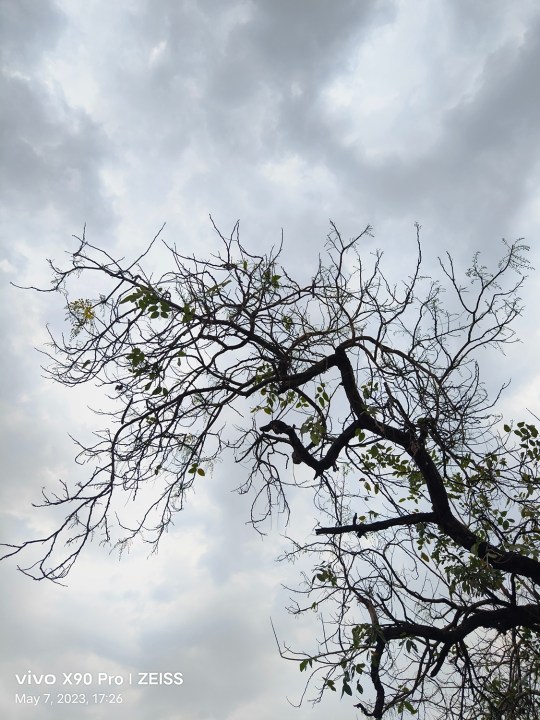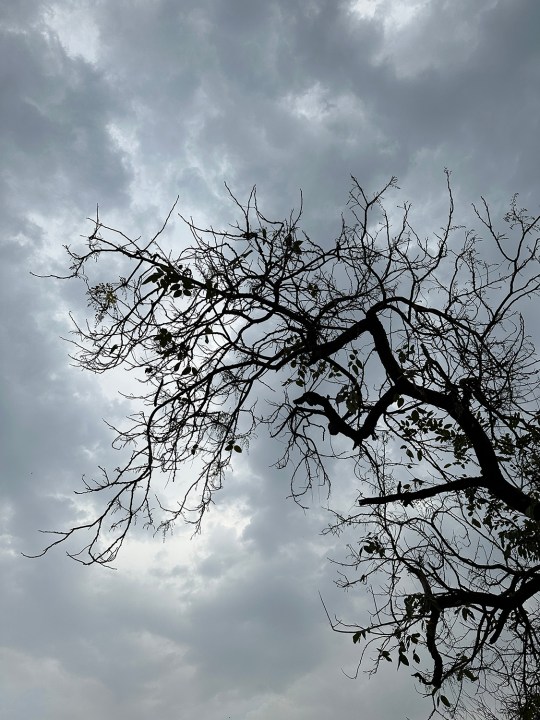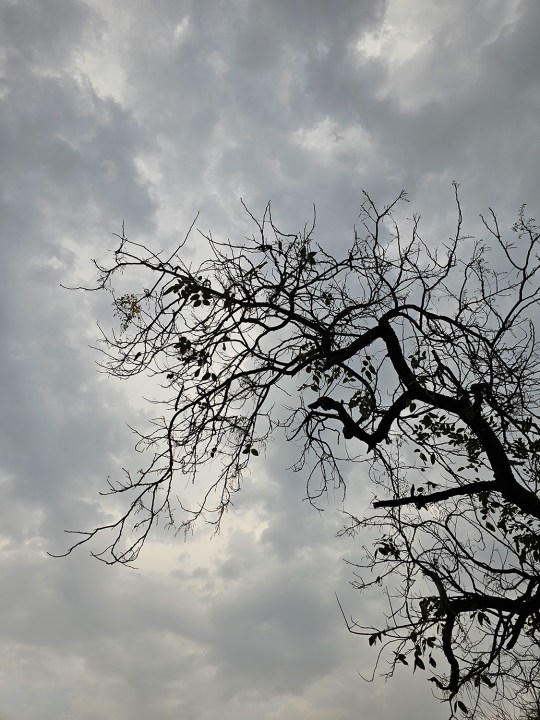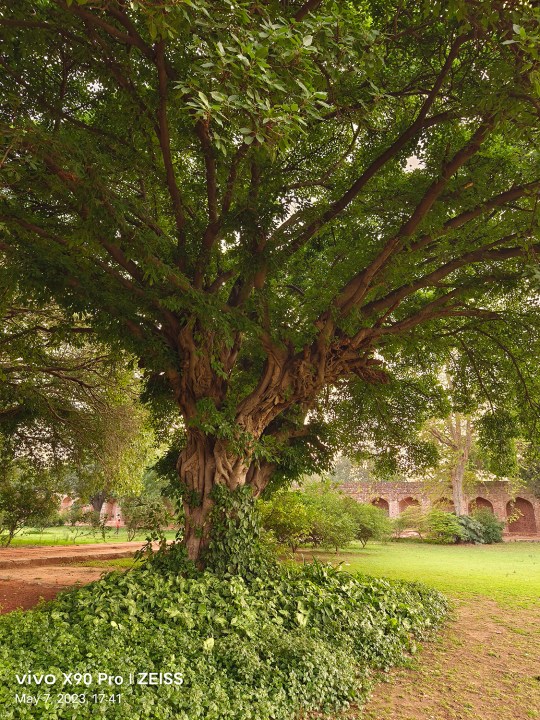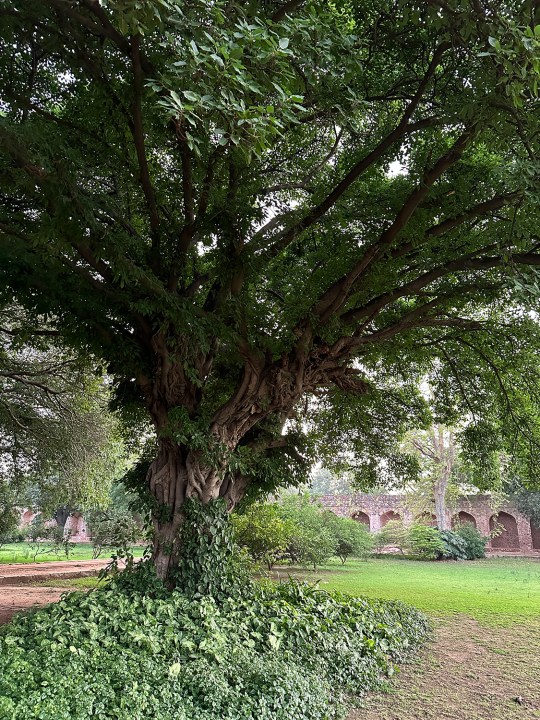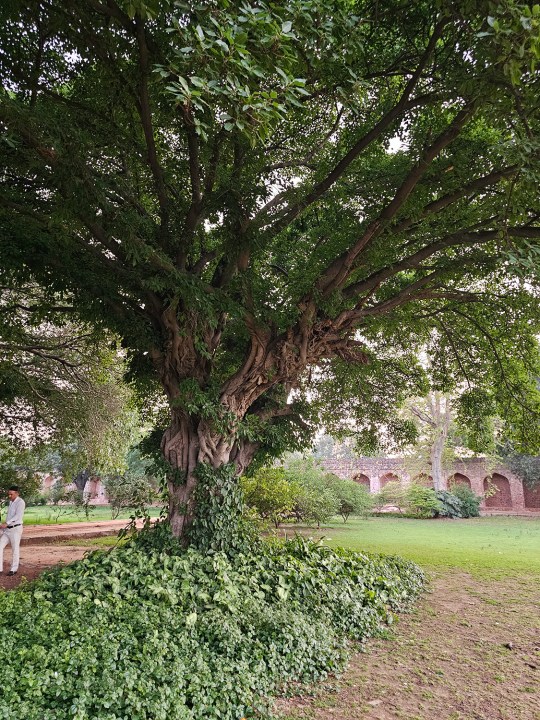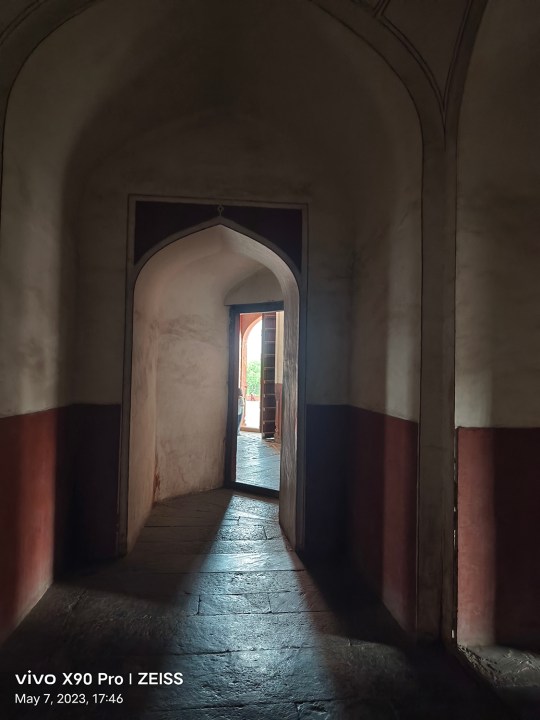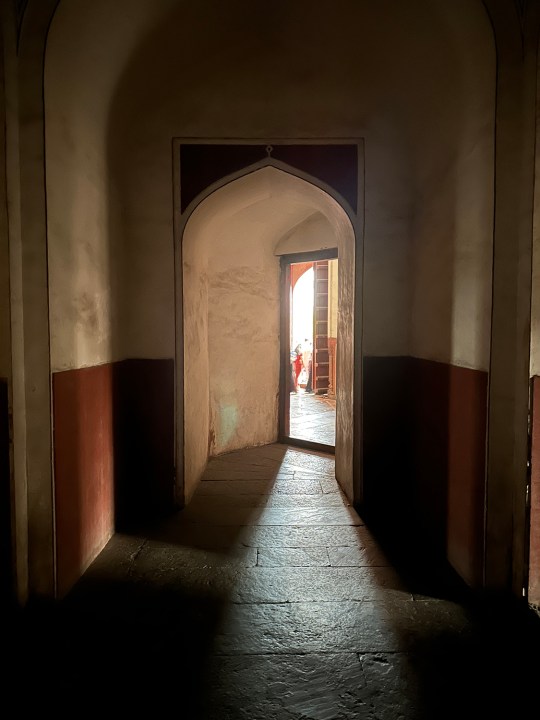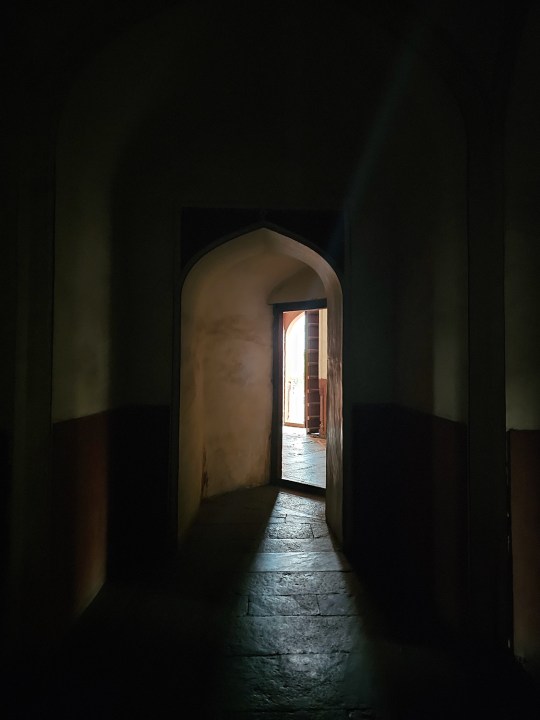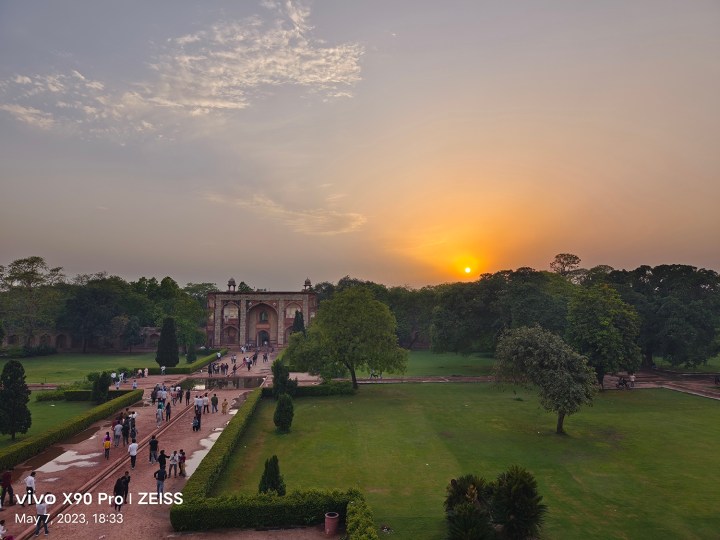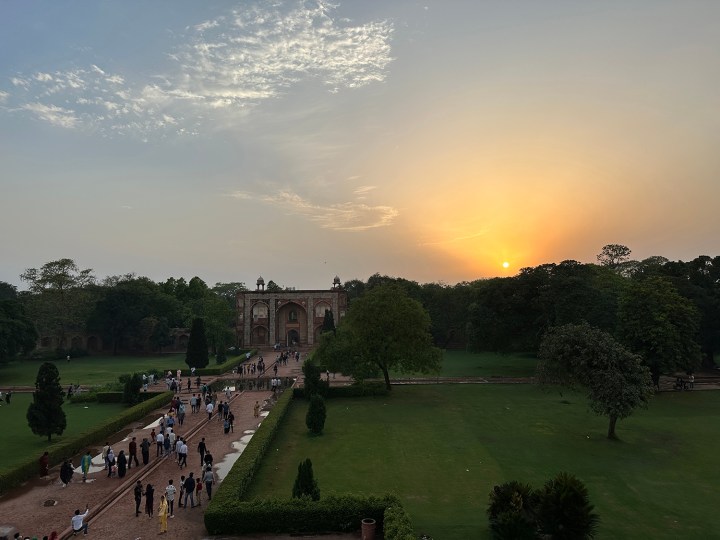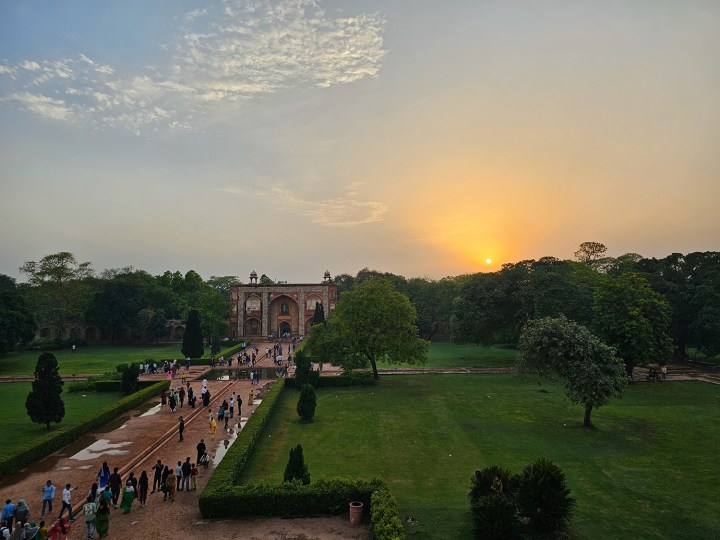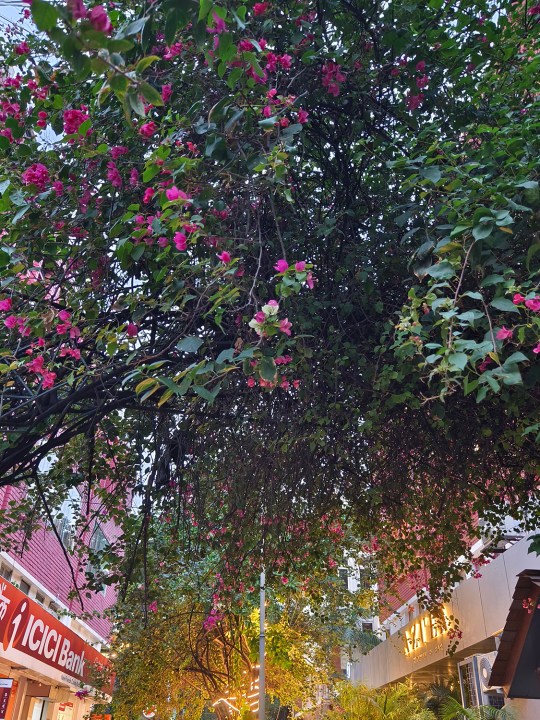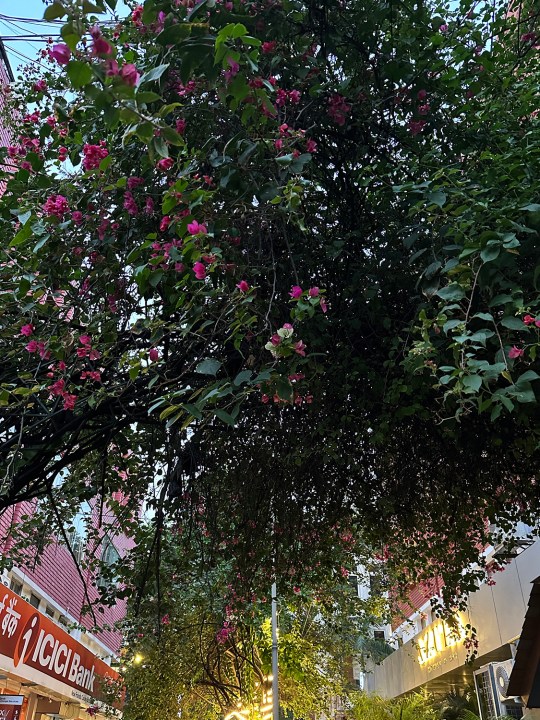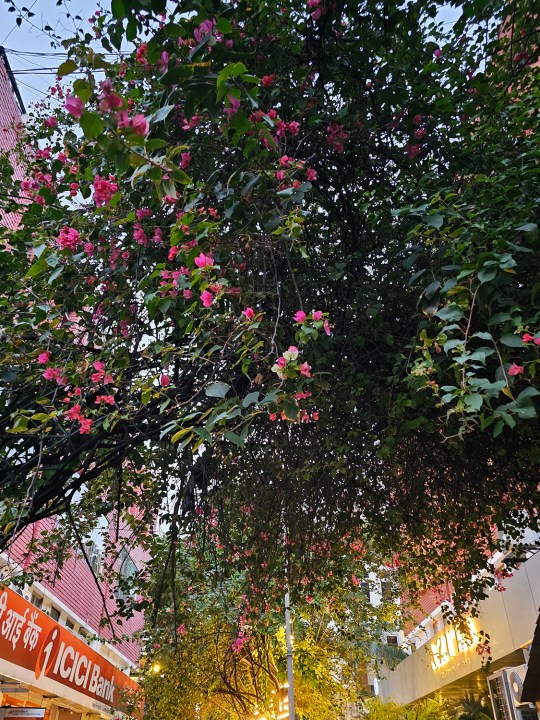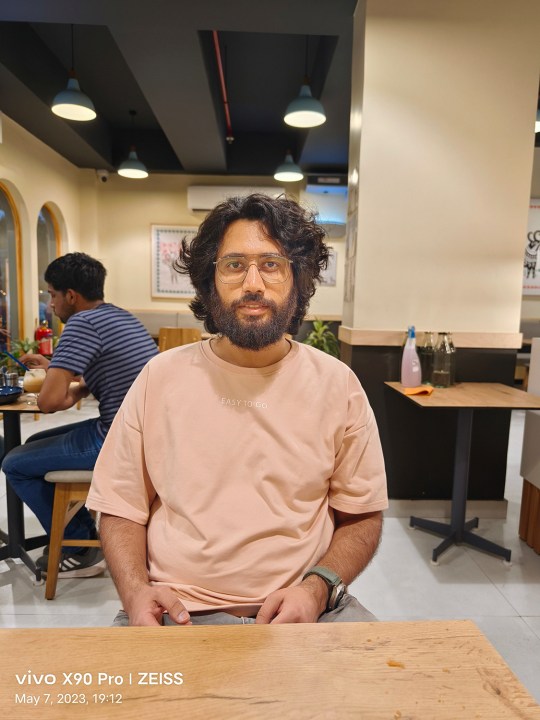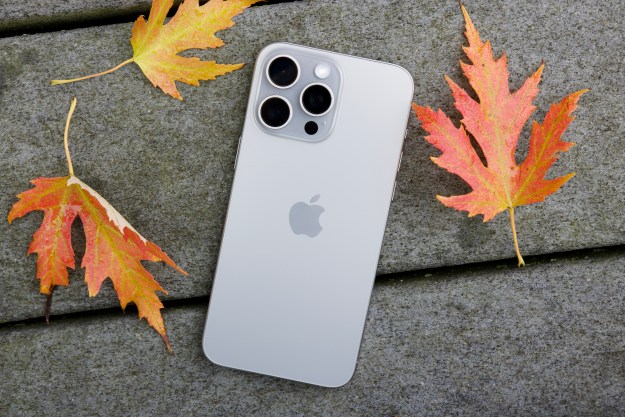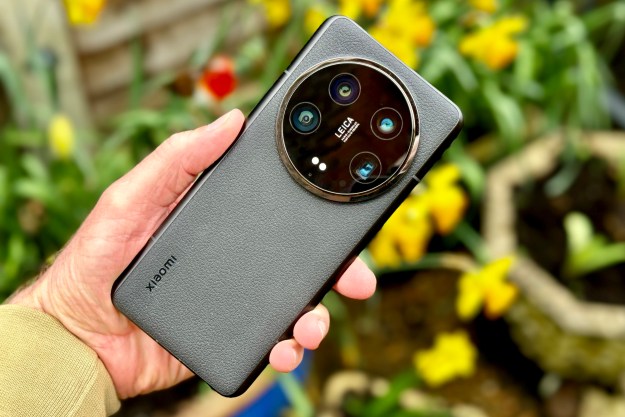Vivo may not be as popular outside of China as its sister brands OnePlus and Realme, but it has recently gained widespread recognition for its impressive cameras on the flagship X series.
For their commendable camera quality, Vivo’s X series phones rely on its partnership with Zeiss, which provides special lenses and helps tune colors for these devices. The Vivo X90 Pro is the latest product in the series to benefit from this exclusive partnership, which has resulted in some phenomenal photography.
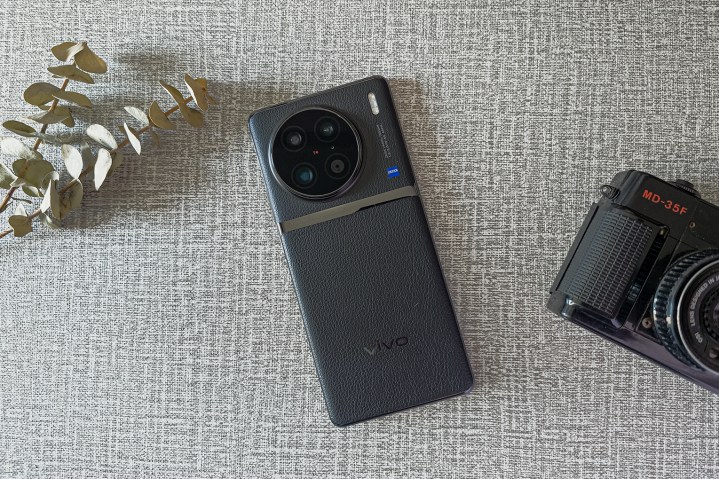
The X90 Pro is one of the three flagship smartphones Vivo unveiled to Chinese fans in November 2022. Only two of the three models made their way to select European markets in February this year, with the X90 Pro being the superior variant that banks on one of the most advanced smartphone cameras.
For its primary camera, the X90 Pro utilizes a Sony IMX989 sensor. It is the first 1-inch
Besides the large sensor, the Vivo X90 Pro is powered by a flagship MediaTek Dimensity 9200 chipset. It also features Vivo’s custom V2 chip, which helps with background processing and speeds up all camera-related operations. All of these features add up to very impressive lowlight photography — and simply great photography overall. It’s so good, in fact, that it may make you think twice about the best
A phone that can see in the dark
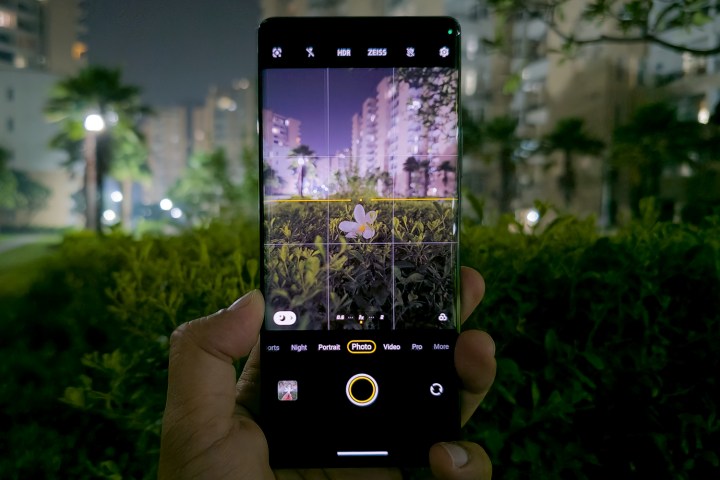
Despite its name, a “1-inch sensor” measures only about two-thirds of an inch diagonally, with the name inherited from older video cameras equipped with cathode ray tubes measuring one inch in diameter. Notably, it is the largest surface area among camera sensors available for smartphones so far and has previously been deployed on point-and-shoot
In practice, a larger surface allows more light to be absorbed by the camera sensor, enabling more details to be captured, even in low light. This is one area where the Vivo X90 Pro’s 1-inch sensor plays a defining role, such as in the images below.
The first image of the astronaut figurine was captured in a dark room lit only by the “Heng” lamp in the background and a monitor bar on the top. Both of these are meager 5-watt light sources, adding little light to the surroundings. Despite this, the Vivo X90 Pro does a respectable job of capturing minute details and the texture of the figurine’s surface.
The image on the right was captured late at night in an outside setting lit only by a streetlight. In a scenario where most phones only manage to capture a disfigured blob of color when aimed at an object, the Vivo X90 Pro skillfully captures not just the flower’s petals, but also its inner filaments.
In both these images, the resulting shots are much brighter than the scene appears to the eyes. A similar trend is seen in plenty of different scenarios and lighting conditions.
Vivo knows how to handle lowlight images
The Vivo X90 Pro’s skill at capturing more light than what is visible to the eyes results in a vital advantage when it comes to the details preserved in these images. This prevents the phone from applying aggressive colors in the postprocessing stage, as many other phones do to compensate for the lack of clarity in lowlight images.
The image at left above was captured without a direct light source illuminating the plumeria flower. Likewise, the image on the right was captured with the light from a 10-watt warm-white bulb placed more than 10 feet away from the flower vase and artificial flowers.
In both cases, the Vivo X90 Pro not only retains the nuances of the subjects to a great degree, but also manages to keep a sharp focus — another aspect that is often compromised in lowlight images. Besides capturing sufficient light, the large 1-inch sensor also enables a DSLR-like bokeh effect over parts of the image that are out of focus.
Things get even better with Night Mode
Although the Vivo X90 Pro’s camera is brilliant enough to master lowlight photography even without night mode, the phone’s night mode can be pretty empowering by improving lighting and details. Like many other phone brands, Vivo’s night mode approach involves stacking multiple versions of the same shot at different (digitally manipulated) exposure levels to produce a single image instead of increasing the exposure duration. The approach allows images to be sharper while uniformly brightening the frame.
The improvement in exposure is very apparent in the first set of images. Here, we see a significant brightening in the image on the right, which is taken with the night mode turned on.
- 1. Without Night Mode
- 2. With Night Mode
Besides improving lighting, the Vivo X90 Pro’s night mode enhances clarity in lowlight shots. For instance, in the images below, we see how night mode (in the image on the right) reduces haze around light sources.
- 1. Without Night Mode
- 2. With Night Mode
The X90 Pro’s night mode also makes the names of the stores and restaurants sharper and easier to read while improving the overall vividness without causing any oversaturation.
In addition, Zeiss’ “T*” coating reduces lens flares and other visual artifacts to a minimum, even when the camera is directly pointed at multiple light sources.
Next, we see how Vivo X90 Pro’s impressive lowlight photography stacks up against stalwarts such as the iPhone 14 Pro and the Samsung Galaxy S23 Ultra.
Vivo X90 Pro vs. iPhone 14 Pro vs. Samsung Galaxy S23 Ultra
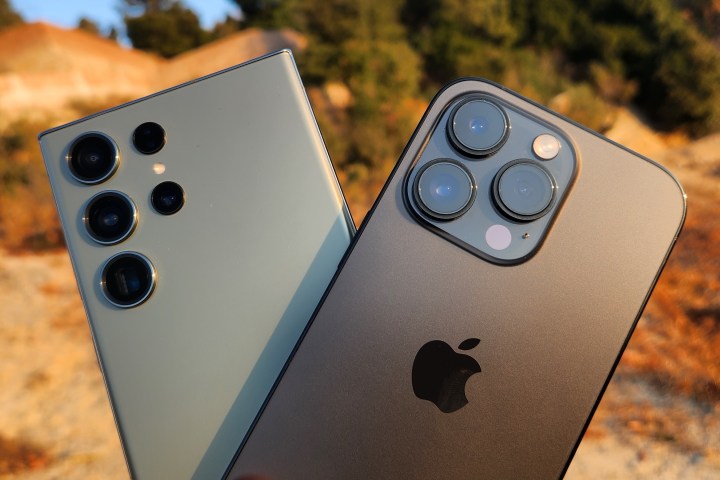
With its compelling camera hardware, including its fantastic 200MP camera sensor, the Vivo X90 Pro challenges the iPhone 14 Pro (backed by the largest camera sensor on an iPhone ever) and the
But besides hardware, software optimizations also impact how these phones capture scenes. Based on the camera algorithms, the phones may also single out certain objects and enhance them or improve the entire scene.
In the following sections, we take you through the nuances of how the Vivo X90 Pro, the
The tomb
Cloudy backgrounds often result in the overall darkening of the image and subjects in the foreground, as phones tend to adjust the entire frame’s brightness in response to the empty gray-white space. In this set of photos, three phones brave the cloudy sky in the background to capture the 16th-century mausoleum with decent lighting.
- 1. Vivo X90 Pro
- 2. iPhone 14 Pro
- 3. Samsung Galaxy S23 Ultra
The image from the
Overall, the
Winner:
The bare tree
We take the previous comparison to an extreme by focusing on a deciduous tree against a background of thick clouds. All three phones capture the silhouette of the tree craftily without any distortion or artifacts.
- 1. Vivo X90 Pro
- 2. iPhone 14 Pro
- 3. Samsung Galaxy S23 Ultra
Unlike the previous comparison, the Vivo does not shy from capturing more light than the other two devices. This is seen especially in the paltry leaves on the tree, which can be distinguished from the branches owing to the sharp and outlined green color.
Winner: Vivo X90 Pro
The foliage
In our next comparison featuring images of a thicket, all three phones do a good job amplifying the shadows and brightening the dark parts of the frame. The
- 1. Vivo X90 Pro
- 2. iPhone 14 Pro
- 3. Samsung Galaxy S23 Ultra
However, despite capturing the most light among the three phones, the Vivo X90 Pro also offsets the color tone of the image with warmer hues. Once again, the
Winner:
The alleyway
Our next set of images captures a pathway inside a 16th-century UNESCO World Heritage Site. Owing to the lack of artificial lighting inside the monument, these alleys are only lit by natural daylight, making it a challenging scene for any camera.
- 1. Vivo X90 Pro
- 2. iPhone 14 Pro
- 3. Samsung Galaxy S23 Ultra
Among the three devices, the Vivo X90 Pro and the
The X90 Pro also manages the light coming from the door better than the
Winner: Vivo X90 Pro
Sunset across the courtyard
Like images with a cloudy sky, it is equally difficult for any camera to maintain light in images capturing the sun, even at the lowest point on the horizon. Once again, all three phones have respectable quality despite the diverse lighting across the frame.
- 1. Vivo X90 Pro
- 2. iPhone 14 Pro
- 3. Samsung Galaxy S23 Ultra
However, subtleties in the Vivo X90 Pro’s shot make it slightly superior. First, it captures warmth spread across the sky more effectively than the
Lastly, brickwork and the arches on the distant gate appear sharper on the X90 Pro than in the other two photos, helping steer it toward a win.
Winner: Vivo X90 Pro
The flora
For our next comparison, we look at images of this bougainvillea thicket. As with most pictures above, the Vivo X90 Pro outshines the competitors — literally and metaphorically. Compared to the X90 Pro, the middle area is significantly darker in images taken with the other two phones.
- 1. Vivo X90 Pro
- 2. iPhone 14 Pro
- 3. Samsung Galaxy S23 Ultra
Besides visibly brighter shadows, the X90 Pro also manages to capture the pink of the bougainvillea flowers more distinctly than the other devices. It also reduces the haze around the lit-up logo in the bottom-right corner and makes it more legible.
Winner: Vivo X90 Pro
The face
Our last comparison takes a look at a set of portrait images of me captured inside a cafe using the three devices. While the Vivo X90 Pro captures the brightest scenes again, it highlights the facial face and hair beyond what seems likable.
- 1. Vivo X90 Pro
- 2. iPhone 14 Pro
- 3. Samsung Galaxy S23 Utra
The
Winner:
The best phone camera you haven’t heard of
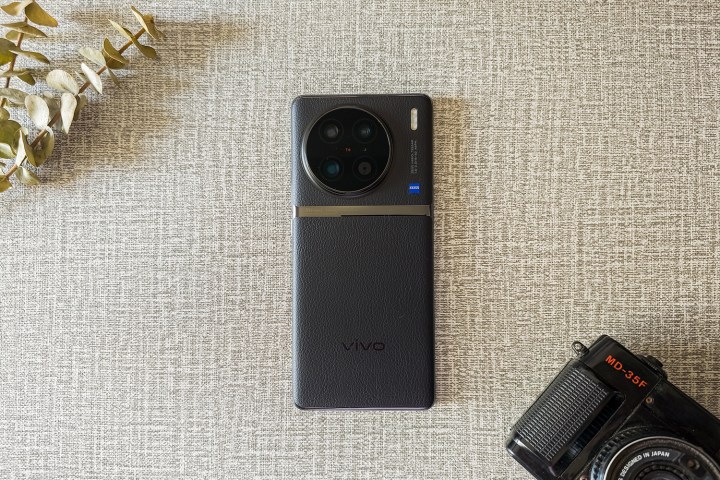
The Vivo X90 Pro has one of the most sure-footed cameras ever on a
Whether in isolation or against bigwigs such as the
It occasionally fails to lock focus manually or change exposure values based on it, and we hope Vivo works this out in future software updates. Another area we expect Vivo to refine is capturing portraits in low light, where the phone struggles to perceive outlines around a person very accurately.
The Vivo X90 Pro is priced at 1,200 euros (about $1,300), while the Indian and Malaysian pricing translates to roughly $1,100, which may seem too steep for a Chinese brand that does not offer the credibility or the after-sales support of Samsung or Apple. But if you want a phone solely for its camera features, the Vivo may be a worthy purchase.
If you are importing the Vivo X90 Pro to the U.S., check for network compatibility and support for 5G and LTE bands.
Editors' Recommendations
- Nomad’s new iPhone case and Apple Watch band may be its coolest yet
- Samsung has a new (and cheaper) way to buy the Galaxy S23
- A surprise phone just beat the Galaxy S24 Ultra in a big way
- Have a Samsung Galaxy S23? Don’t update your phone to One UI 6.1
- This is our best look yet at the iPhone 16’s big design changes

